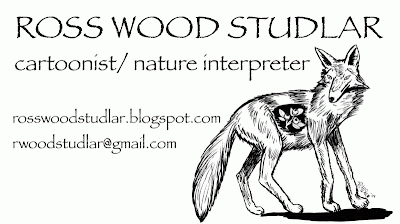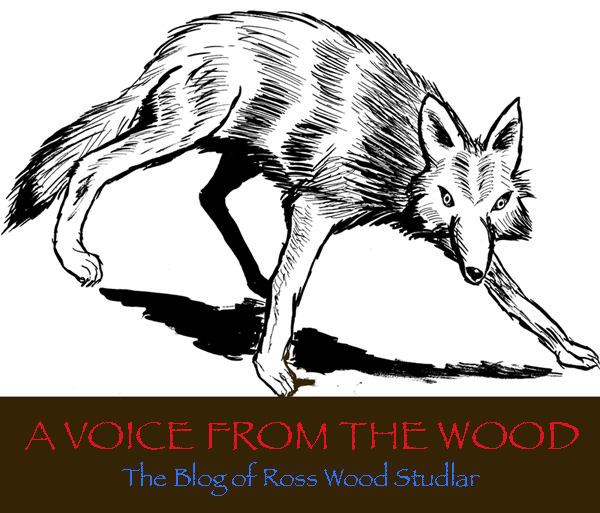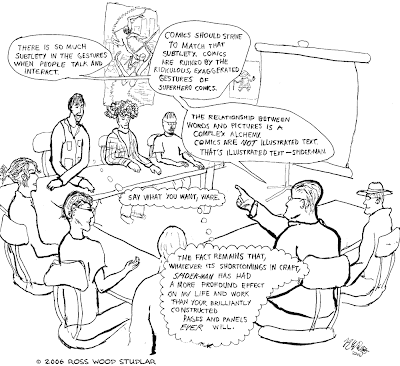
At Crater Lake, I created a dramatic digital slideshow presentation called “Tricksters in Myth and Science” and delivered it weekly at the outdoor amphitheater at Mazama Campground. My program featured the coyote, raven, and fisher, Native American legends and biologic facts about each. I revealed many parallels between the mythic animals and the mortal ones.
The first and best story of the program was “How Coyote Brought Fire to the People” also called “The Fire Race.” The story describes an ancient world where the only fire on earth is on a high mountain, guided by wicked old spirits called Skookums. The people tired of cold homes and raw food and asked Coyote to bring them fire. At first Coyote could not think of a good plan, so he asked his wise advisors for assistance. They are his three sisters, who live in his stomach as huckleberries. (On the west coast, the term 'huckleberry' refers to a type of wild blueberry.) They share a plan, and coyote tells him that was his plan all along. Then he leads the animals in a team effort to get the fire.
In many stories from Northwestern tribes Coyote calls upon the wisdom of his huckleberry sisters. And he never gives them due credit. After they develop a plan for him he says something like “ah, yes, that is just what I thought. That was my plan all along.”
At one point last summer, my parents visited me at Crater Lake and saw my program. My mom, the wise botanist Susan Moyle Studlar, had an insightful interpretation for the huckleberry sisters. They are a metaphor for how a person carries his family with him throughout life. Their voices and care are present always, however many thousands of miles away they may be in the flesh.
I had already created a few original illustrations to include in the slideshow, including one of coyote sneaking about the skookums' lodge—now the banner atop this page. Mom prompted me to also draw Coyote consulting with his huckleberry sisters. And that one now graces my business card:

To read the story of how coyote brought us fire, consult INDIAN LEGENDS OF THE PACIFIC NORTHWEST by Ella E. Clark (an amazing book, also contains my favorite version of the Klamath myth on the origin of Crater Lake). Also, it appears that I am not the only person so intrigued by the fire story as to illustrate it. The Karuk version of the story (in which the wicked skookums are wasps) is the subject of a picture book, FIRE RACE by Jonathan London and Sylvia Long.



